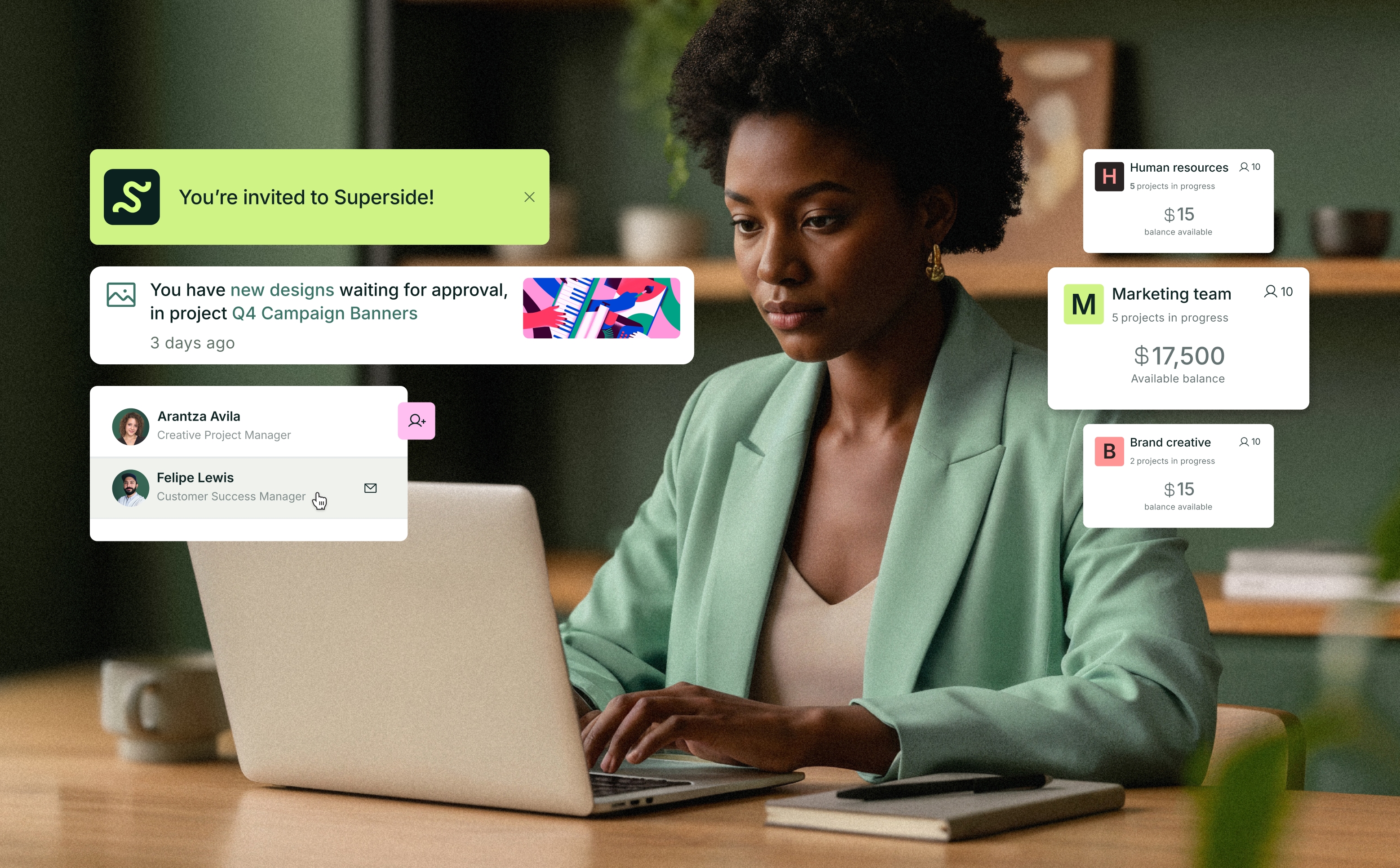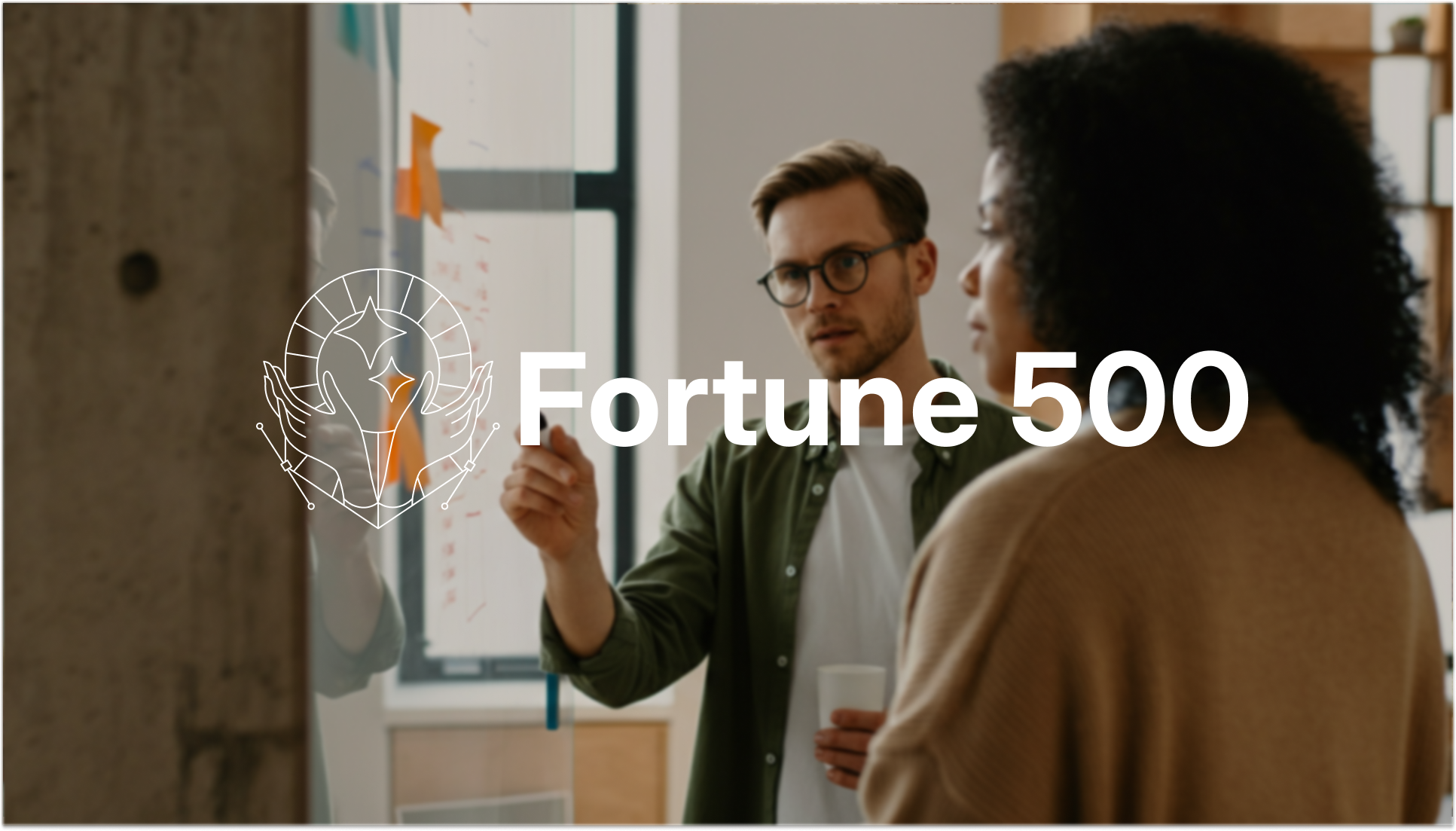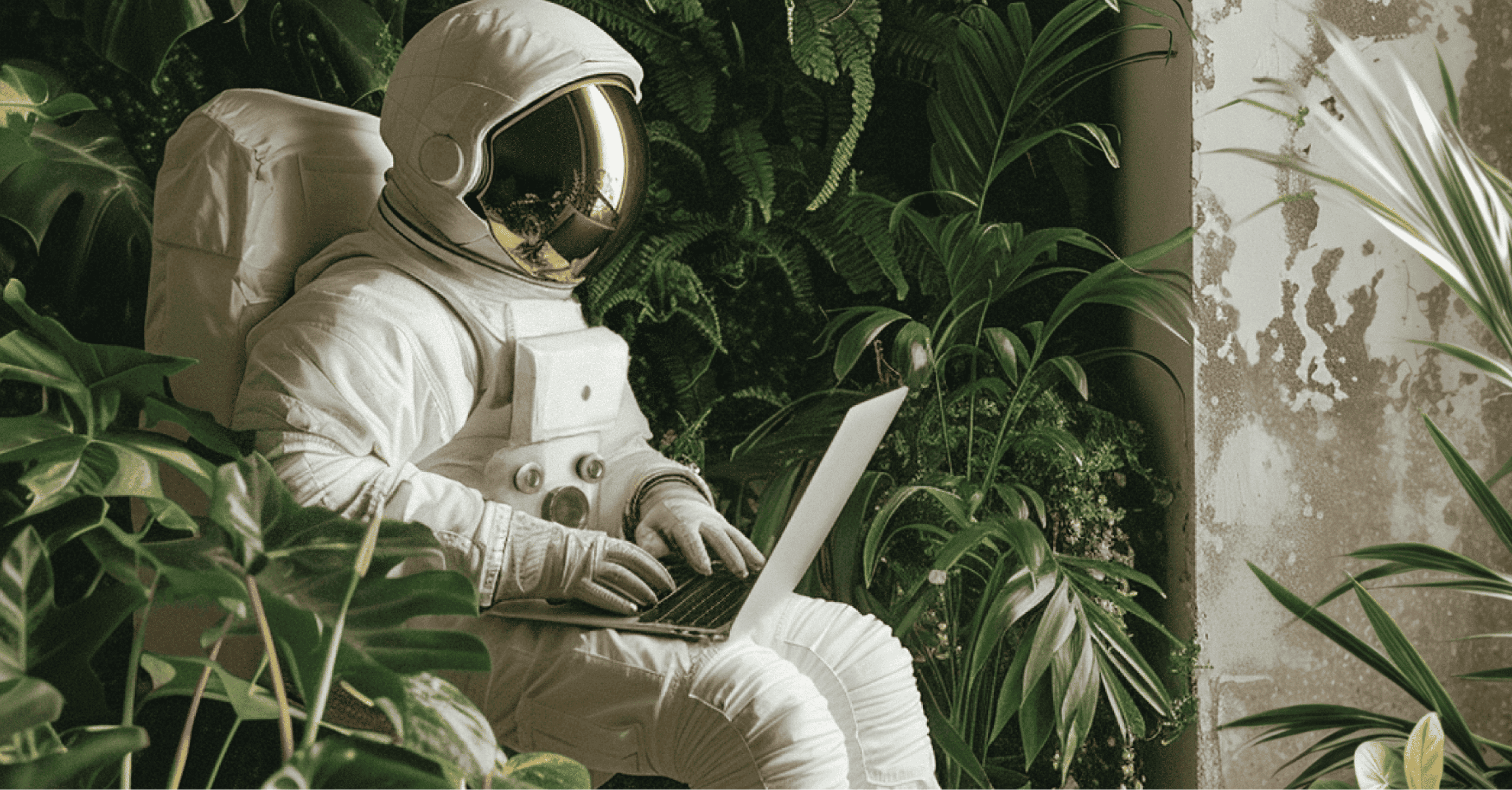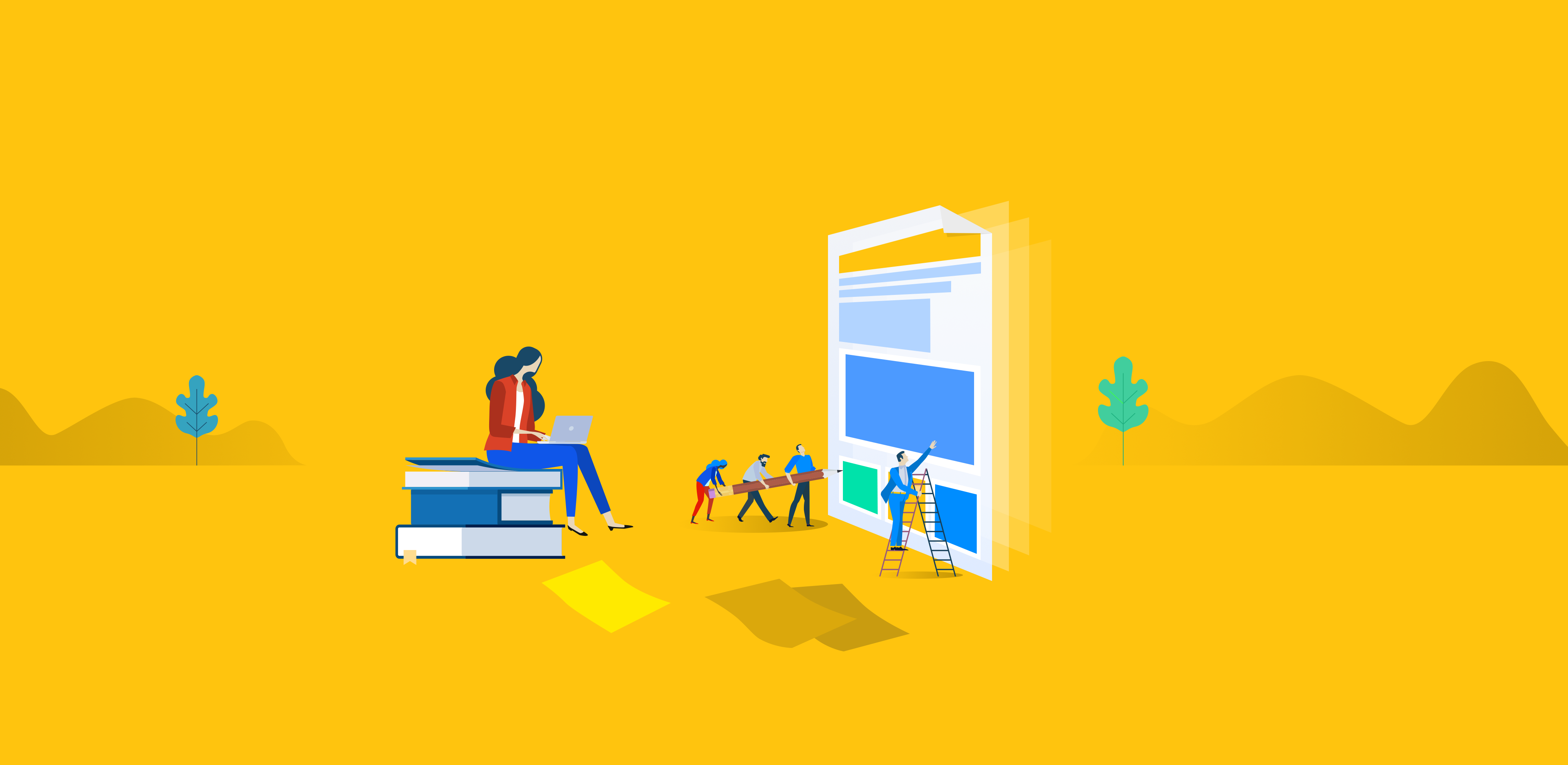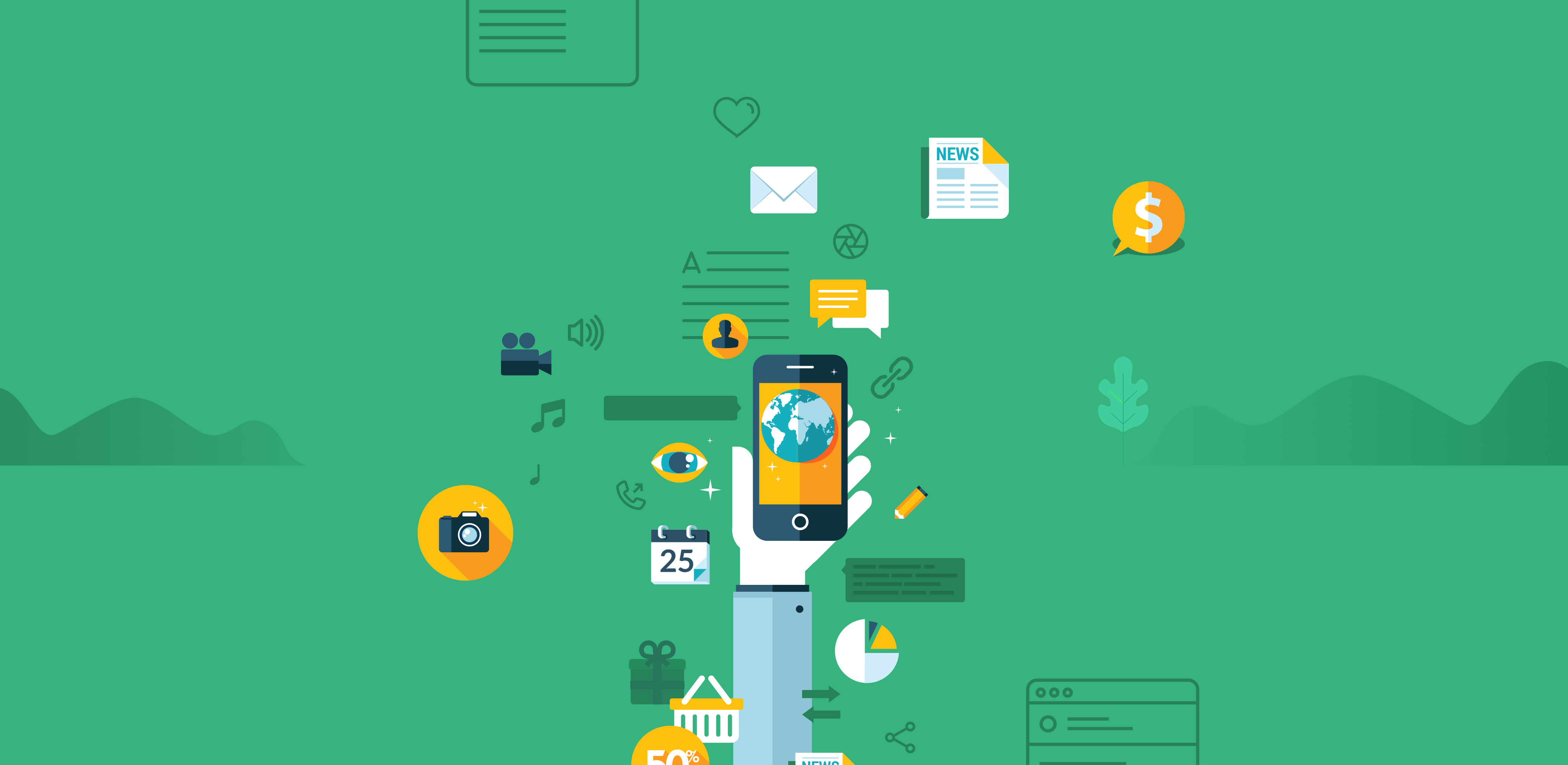
When it comes to graphic design projects, there are two primary roles: the designer and the client. In an ideal situation, the relationship is as follows:
The client requests a project and details the specifications and design style that he or she wants the project to follow. It is then the designer’s responsibility to ensure that the project specifications are followed and that the design adheres to the client’s requests. If done successfully, the designer and client then close the project, continue on their merry way, and most likely work together again on future projects. Sounds great, right?
But what happens when a client’s idea of a certain design style doesn’t align with the designer’s idea? Suddenly, what the client thought was a minimalist design is more corporate than they wanted or what a designer deems as playful design style falls more under what the client views as illustrated.
The truth is, a client-designer relationship can rely quite heavily on whether or not the two see eye to eye when it comes to project design style. It is critical to a project’s success and the overall client-designer relationship to avoid this type of unpleasant miscommunication. The best way to do this is for both the client and designer to have a firm understanding of what each design style is and what are the defining elements of each.
Introducing the ultimate guide to graphic design styles! This guide will help both clients and designers to better understand what the different design styles are and what characteristics define them. We have also put together some of our own examples of each style to best illustrate how these designs are used.
We cover the following types of graphic design styles in this guide:
- Minimalist Design
- Contemporary / Modern Design
- Corporate Design
- Elegant Design
- Playful Design
- Organic and Natural Design
- Illustrated Graphic Design
- Geometric Design
The Most Popular Graphic Design Styles
Minimalist Graphic Design
When it comes to design, ‘less is more’ is certainly a longstanding motto that many designers adhere to for their projects. A relatively new style, minimalism is when only the most essential information and elements are included, thereby ridding the design of any excessive components or additional features. This design movement began in the 1960s, specifically with American visual art and, since then, has worked its way into infinite design projects and business campaigns.
The minimalist design style is often defined by the following characteristics:
- Fundamental design elements only
- Simple functionality and user interaction
- Small details
- Plenty of white/open space
- Simple color usage
- Only one or two typefaces with clean strokes
- Simplified, condensed content
This design style often implements font types such as Sans Serif fonts, including SF, Helvetica, and Futura. There are no drop shadows and the imagery is simple with no effects. Very little content is included with this type of graphic design style, so as to preserve the simplistic, clean look that minimalism is defined by.
One of the benefits of minimalism is that it never goes out of style and will always remain a graphic design trend. Its clean and simple elements make it truly adaptable for various projects and companies. You may see this type of design style combined with elegant, corporate, and feminine design styles.
We have included a few of our own examples of minimalist design below. You can see that our designers implemented very simple colors, flat design, condensed content, as well as clean, sharp typography.
Contemporary/Modern Graphic Design
Although the contemporary design style is a crowd favorite, it is not always the easiest to define, given the fact that it borrows elements from many other aesthetics. The contemporary style boasts hints of modern, traditional, art deco style, and even futuristic design.
This graphic style dates back to the 1970s and is so unique and difficult to define due to its ever-evolving nature. This makes sense, seeing as the word “contemporary” quite literally means “of the moment.” This design style is all about living in the moment, taking on whatever is ‘in’ today and adapting to roll with the times. As of right now, the contemporary style is defined by curved lines and bold colors.
Below are some of the characteristics that can help when identifying this unique style:
- Mostly Sans Serif font, optional Serif headers
- May have effects
- Vibrant imagery, overlays and filters
- Vibrant colors, gradients, full screen colors, high contrast
- Straight/angled and geometric grid
- Shapes that include lines, rectangles, squares, triangles
While they are relatively the same, there are some differences between contemporary and modern design style. The biggest difference between the two styles is that modern is a strict interpretation of design that started in the 20th century. In contrast, contemporary is more fluid, often representing a sense of currency with less adherence to one particular style.
Below are some of our own examples of contemporary and modern design that include different shapes, angles, and more vibrant imagery and colors than other designs may incorporate.
Professional and Corporate Graphic Design
Although this style isn’t used quite as often as the other design styles, it is nonetheless an effective and important style. The Corporate design style is used mostly in formal or professional situations and, therefore, boasts a very straightforward, conservative look.
Corporate styles primarily utilize simplistic details to get the point across in a professional, formal tone. The elements of corporate style are great when combined with minimalism, a style that is also well known for simplicity, straightforwardness, and legibility.
A successful corporate style design boasts the following characteristics:
- System fonts only, Sans Serif, classic fonts, extra legible
- No drop shadows or effects
- Very few muted colors / simple color palette
- Standard, straightforward grid
- Traditional layouts with conventional header and page number placement
- Conservative, simple shapes
Below are a few of our own examples of corporate graphic design style. You can see how our designers implemented simple shapes, classic fonts, and bolder, less muted colors to meet the corporate style standard.
Elegant Design
When clients and designers want to inspire a sense of luxury in their audience or for their brand image, they use an elegant design style. This style is used often in fashion-related projects, as well as more classic ones. This design can incorporate a texture of sorts to help set a specific mood or tone, one that represents sophistication, elegance, and class. You may see this type of design style used by high-end hotels, luxury fashion, or anything that is upscale and invites the audience to indulge in extra comforts.
Below are the defining characteristics of elegant design style:
- A mix of Sans Serif fonts
- No effects
- Imagery that includes close-ups, subtle, focused on form
- Luxurious colors (gold, bronze, purple, pastels)
- Simple and classic grid
- Patterns, hard angles, borders, thin lines
Below you will see some of our designs that adhere to elegant design style. Our designers implemented luxury colors, such black, gold, and purple, as well as a few close-up images.
Other Design Styles
Now that you have a good understanding of the four most popularly-used design styles, check out the many other styles that both designers and clients love!
Playful Graphic Design
It is very important that the designer and client understand who the target audience is with any given project. While playful, lighthearted designs can be fun for adults, depending on the project, they are also quite effective if the audience includes children or teenagers. Playful design style comes in many forms, including semi-realistic, realistic, animated, and artistic.
Below are some of the elements that define this amusing design style:
- Animated elements of people, animals, or objects
- Vibrant colors
- May include elements of fantasy
The primary goal of this type of style is to evoke a sense of fun and informality in the audience. This style combines great with the organic design style, which we will discuss in further detail next.
Below are some of our examples of the playful design style. You can see that each work makes use of bright colors, with elements of animation and fantasy that are appealing to both adults and children.
Organic and Natural Design
With such a massive health and fitness movement in the last decade, it makes sense that natural and organic elements have made their way into the world of design. Organic design is a holistic, nature-inspired style that integrates both human and natural elements.
When executed correctly, this type of design includes the following:
- Heavily nature-inspired
- Holistic design
- Smooth, rounded forms and shapes
- Lightweight constructions
- Softer shapes and flowing lines
- Asymmetrical
- Dynamic forms
It’s quite common to see lighter color schemes used in organic design style, as well as illustrations and even rustic, grainy textures.
In our own work below, you will notice many soft color schemes, as well as flowing, rounded typography and animated elements.
Illustrated Graphic Design
Illustrated design style is used to deliver a message or a concept almost entirely through illustration. This type of style combines very well with playful design style, as well as organic. It differs slightly from playful style in that it is completely illustrated in a rather hand-drawn appearance.
Below are the characteristics that help define this style:
- Often boasts a hand-drawn look
- Unique to different designers’ drawing techniques/styles
In our examples below, you can see how the designs illustrate different processes entirely through animated visuals and in a very lighthearted, playful tone.
Geometric Design
As its name suggests, geometric design style is heavily inspired by geometry and utilizes many straight lines, angles, and shapes. This style is extremely symmetrical and features many shapes throughout the entire design, specifically rectangles, squares, and triangles.
Here are some of the defining characteristics of this design style:
- Straight lines and angles
- Highly symmetrical
- Perfect curves
Geometric design style blends quite nicely with minimalist style, as well as professional and corporate. Check out some of our own designers’ examples of this visually-appealing design style:
Putting it All Together
There you have it: the different design styles and the elements that define each one.
It is essential that both the client’s and designer’s vision for design style aligns to help avoid issues and unnecessary confusion throughout the project. The type of relationship that a client and designer have can truly depend on the two seeing eye to eye when it comes to design style. We hope that this guide helps you to achieve this coordination with your client or designer so that you can enjoy a long-term, professional partnership that is beneficial to both parties!
Are you in need of graphic design services? At Superside, we pair you with talented, professional designers that work tirelessly to deliver a project that meets your project specifications and standards. Our vetted, experienced project managers help see your project through the review and feedback process to the very end.



